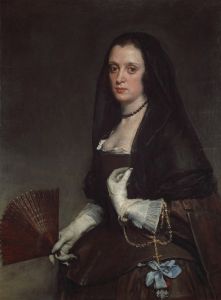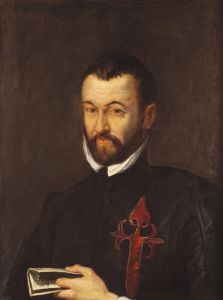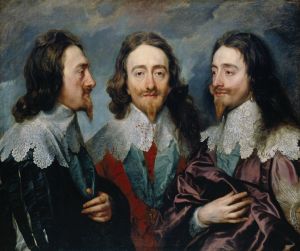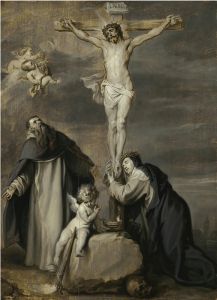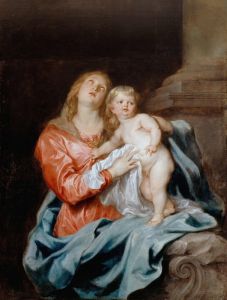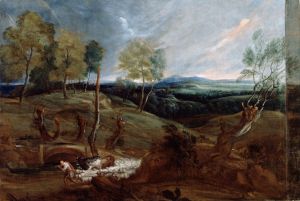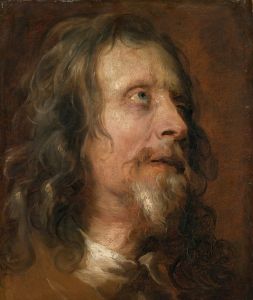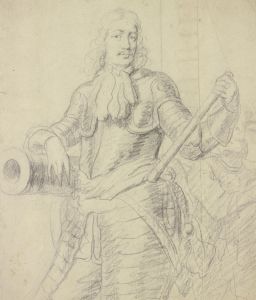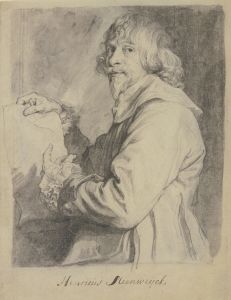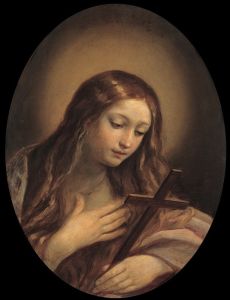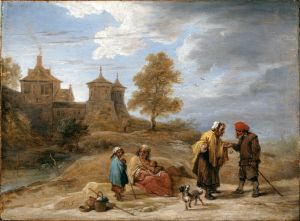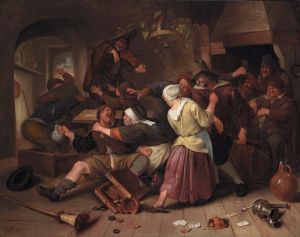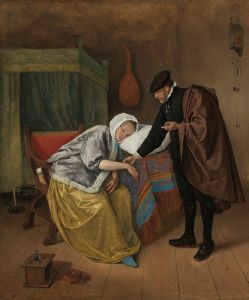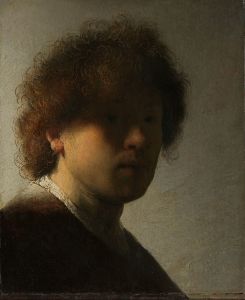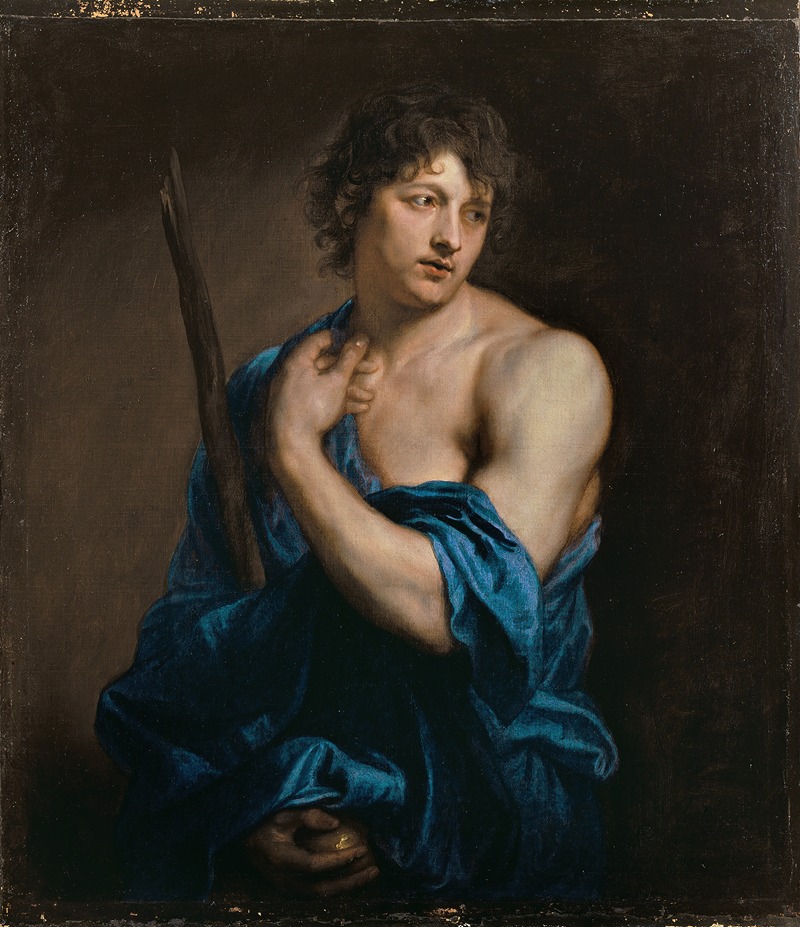
Paris
A hand-painted replica of Anthony van Dyck’s masterpiece Paris, meticulously crafted by professional artists to capture the true essence of the original. Each piece is created with museum-quality canvas and rare mineral pigments, carefully painted by experienced artists with delicate brushstrokes and rich, layered colors to perfectly recreate the texture of the original artwork. Unlike machine-printed reproductions, this hand-painted version brings the painting to life, infused with the artist’s emotions and skill in every stroke. Whether for personal collection or home decoration, it instantly elevates the artistic atmosphere of any space.
"Paris" by Anthony van Dyck is a notable painting by the renowned Flemish Baroque artist, who was a leading court painter in England and one of the most influential portraitists of the 17th century. Van Dyck was born in Antwerp in 1599 and became a prominent figure in the art world, known for his elegant and sophisticated style, which was characterized by its fluid brushwork and the graceful portrayal of his subjects.
The painting "Paris" is believed to depict the mythological figure Paris, a prince of Troy, who is best known for his role in the events leading up to the Trojan War, particularly the Judgment of Paris. In this myth, Paris was asked to choose the fairest goddess among Hera, Athena, and Aphrodite, ultimately awarding the golden apple to Aphrodite, which led to the abduction of Helen and the subsequent war.
Van Dyck's portrayal of Paris is consistent with his style of combining realism with an idealized beauty. The painting captures the essence of the character with a focus on elegance and poise, typical of Van Dyck's approach to portraiture. The artist's skill in rendering textures and fabrics is evident, as is his ability to convey the personality and inner life of his subjects through subtle expressions and poses.
While specific details about the creation of "Paris" are limited, it is known that Van Dyck's work was heavily influenced by his time spent in Italy, where he studied the works of the great masters, including Titian and Rubens. This influence is reflected in his use of color, composition, and the dramatic interplay of light and shadow, which are hallmarks of the Baroque style.
Van Dyck's paintings often featured aristocratic and mythological subjects, and "Paris" fits within this tradition. His ability to capture the nobility and grace of his subjects made him a favorite among the European elite, and his portraits were highly sought after by the nobility and royalty of his time.
The painting "Paris" is an example of Van Dyck's mastery in blending the classical themes of mythology with the contemporary tastes of his patrons. His work not only reflects the artistic trends of the Baroque period but also showcases his unique ability to infuse his subjects with a sense of life and presence that transcends the canvas.
Today, Anthony van Dyck's paintings are celebrated for their contribution to the development of portraiture and their enduring influence on subsequent generations of artists. His works are housed in major museums and collections around the world, where they continue to be studied and admired for their technical brilliance and artistic innovation.





